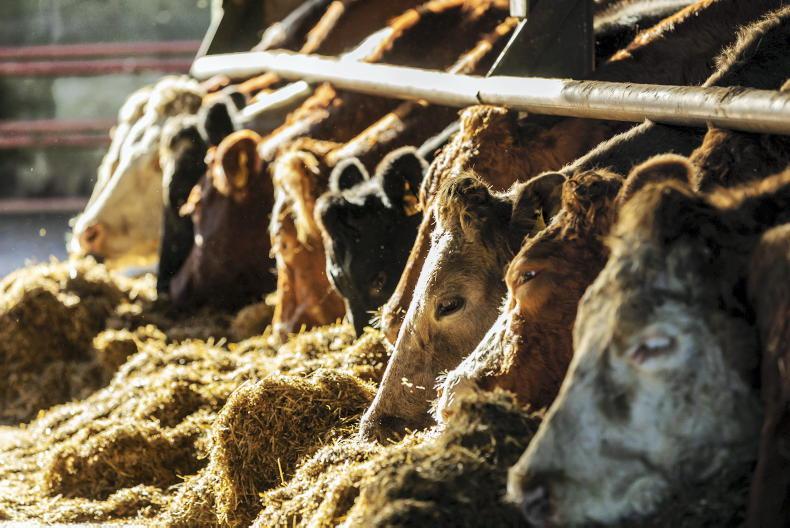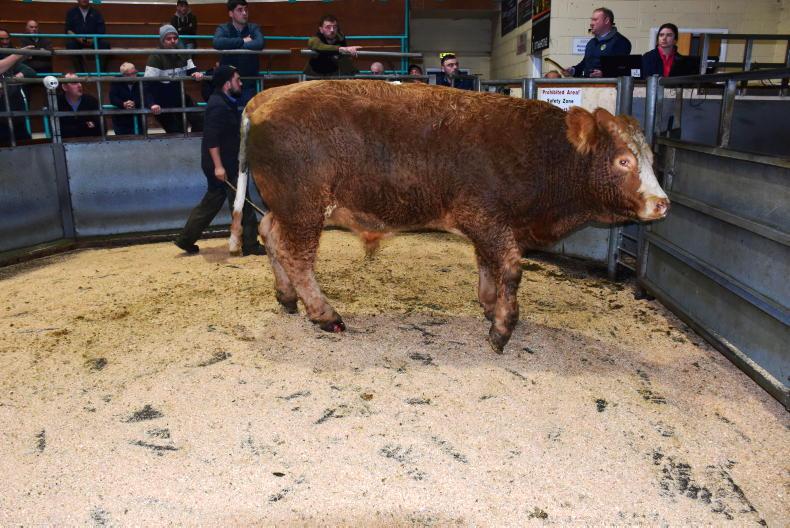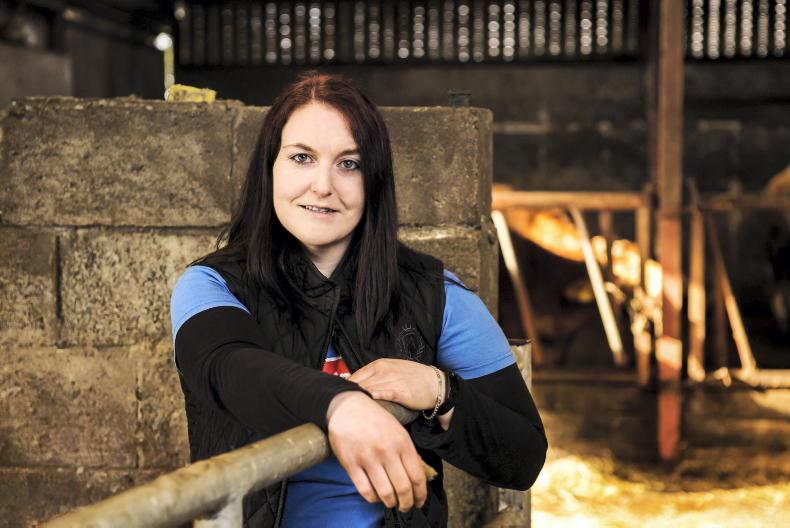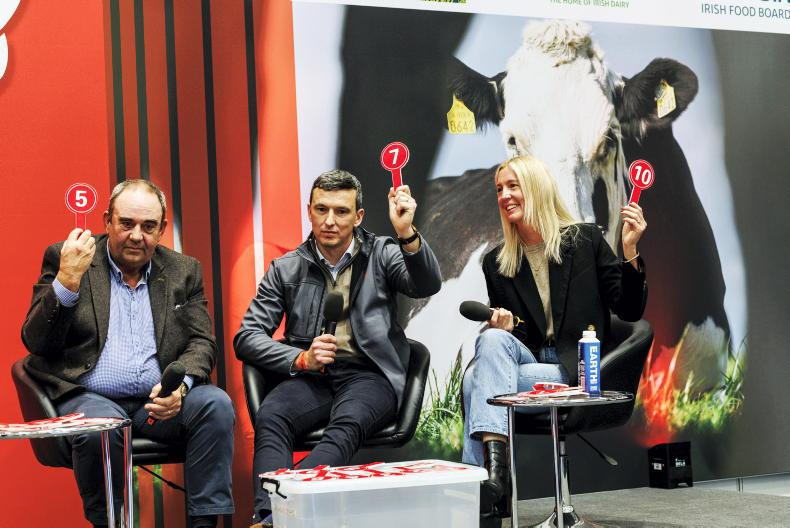Yet another week of very unsettled weather has farmers at the edge of crisis, as silage stocks are at little or nothing and still no sign of the weather making any drastic improvements for the next week.
For a lot of farms, grazing has turned from reaping the benefits of having grass in the diets, to just getting cows out to reduce the demand on silage stocks in the yard, which are rapidly depleting.
In many cases, farmers are over allocating grazing areas just to get cows out without doing too much damage to the ground. There are covers of 200 -300kg DM/ha being left behind, which is going to create its own problems leading into the second rotation as grass quality will be compromised.
For those who are still struggling to graze and only have 20% or less grazed, they should graze from the bottom of the wedge up. Target lower covers, giving higher allocations to get through ground while limiting damage.
Saving ground for silage is something which hasn’t been on the radar too much, as it feels like we are still at the beginning of March. There is just less than 50 days to 20May, so farmers must begin thinking about closing out silage ground.
There is a big variation between silage ground, as some has been grazed or zero grazed while other ground has been growing since last October. Avoid spreading slurry on paddocks that haven’t been grazed yet. Pro urea and sulphur should be applied, with P & K applied also depending on P allowances. Grazed ground should get 3,000 gallons per acre, as well as protected urea and sulphur.
Dwayne Stanley – Thurles, Co Tipperary
With the weather conditions, we haven’t been able to get many cattle out yet this year.
I have moved now to plan B with an effort to keep grazing but reduce damage to paddocks. I had 50 weanlings out in two groups but there is less than half of that out now.
There is plenty of grass out there but we just can’t get to it.
We are looking at closing off silage ground now. We usually cut 72 acres for silage, we only have about 22 acres grazed now meaning we’ll just have to save the rest as it is.
Anything grazed will get 3,000g of slurry to the acre and 80 units of protected urea with sulphur, while anything not grazed will get 0:7:30 instead of slurry.
System Suckler/calf to beef
Soil Type Variable
Farm cover 1,482
Growth 26
Demand 5
Ger McSweeney – Millstreet, Co Cork
There isn’t much grazing going on here. There are a few beef heifers out on drier ground. We are starting breeding this week, so I decided to keep all breeding stock in for now.
There has been no fertiliser gone out on any ground yet. It’s just been too wet and there is plenty of grass there. Any paddocks that were grazed earlier on in February are now suffering as a result and these paddocks will be prioritised to get fertiliser soon.
Silage ground was grazed tight last autumn and nothing has been grazed yet this year. I will just close off silage ground without being grazed. Covers are too high now to get slurry out so we will use compounds instead.
System Suckler to beef
Soil Type Variable
Farm Cover 1,047
Growth 12
Demand 4
Peter Doyle – Teagasc Derrypatrick, Co Meath
As ground is so wet we have cattle in groups of seven to help reduce the amount of damage they do. We also have cattle in sheltered paddocks to minimise damage.
Area of the farm grazed is well back on last year, and only 10% of the silage ground is grazed so far. We made the decision to close off silage ground.
All silage ground got 30 units of protected urea per acre this week and we plan to top up the rest in a few weeks. Covers are too high now to spread any slurry so we will also spread 0:7:30.
We have enough slurry storage on the farm as we spread slurry back in February and silage stocks should carry us through the next three weeks.
System Suckler to beef
Soil type Free Draining
Farm Cover 1,258
Growth 18
Demand 22










SHARING OPTIONS